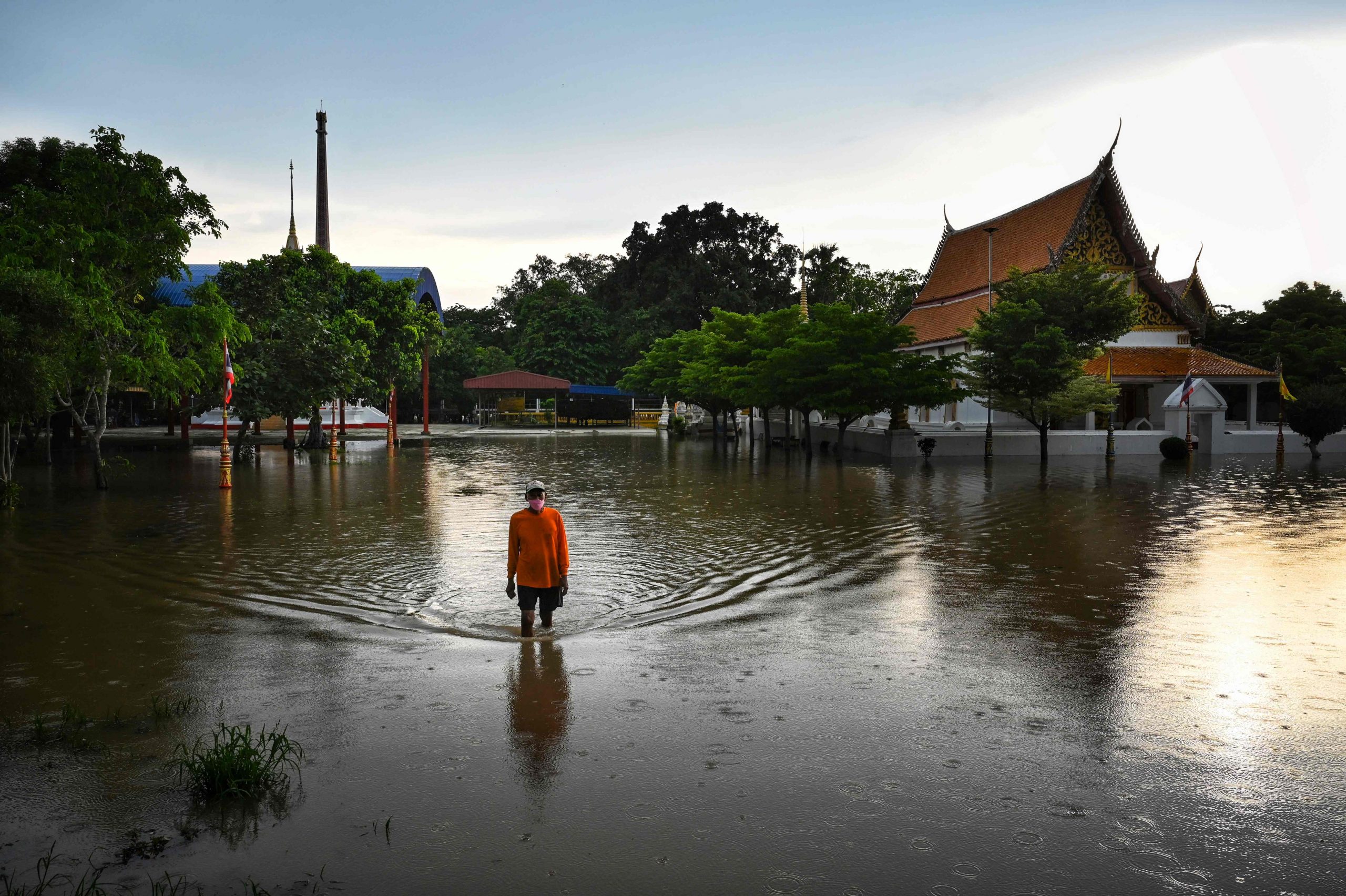The government of South Africa has declared a disaster in an area in the country’s east that has been ravaged by severe flooding over the past week, killing around 400 people and destroying homes and businesses.
The majority of the damage has occurred in KwaZulu-Natal province’s Durban area, the country’s third most populated metropolis.
President Cyril Ramaphosa argues the incident is “part of climate change,” but several residents blame the flooding on bad infrastructure.
On the 11th of April, the weather system that precipitated the floods delivered almost 300mm of rain in a 24-hour period.
When compared to prior major flooding events, this is a significant increase. On April 22, 2019, 165mm of rain fell, while on October 10, 2017, 108mm of rain fell.
The amount of rain which fell on Monday was equal to about 75% of South Africa’s average annual precipitation – and would have resulted in some form of flooding without any other contributing factors, according to experts.
Tafadzwanashe Mabhaudhi, from the University of KwaZulu-Natal, says the weather was typical of the type that develops off the coast of South Africa, involving moisture-laden warm air moving in off the Indian Ocean.
He says the hilly terrain in that area of South Africa also means that the air rises, and as it does so, it cools and forms rain clouds.
The South African Weather Service (SAWS) said the amount of rain was “of the order of values normally associated with tropical cyclones”.
“In other words, heavy-rain events – such as the current incident – can rightfully be expected to recur in the future and with increasing frequency,” the agency says.




















